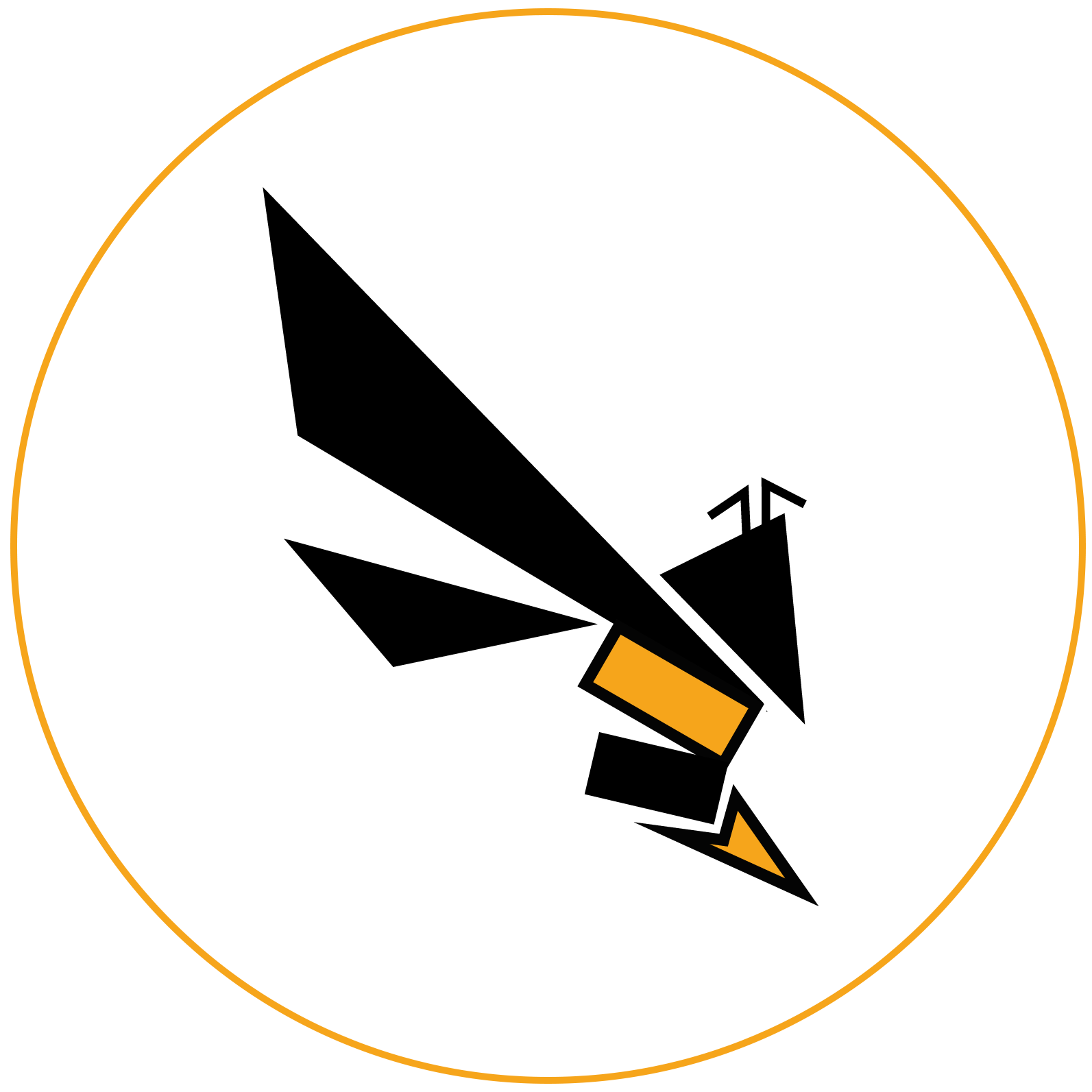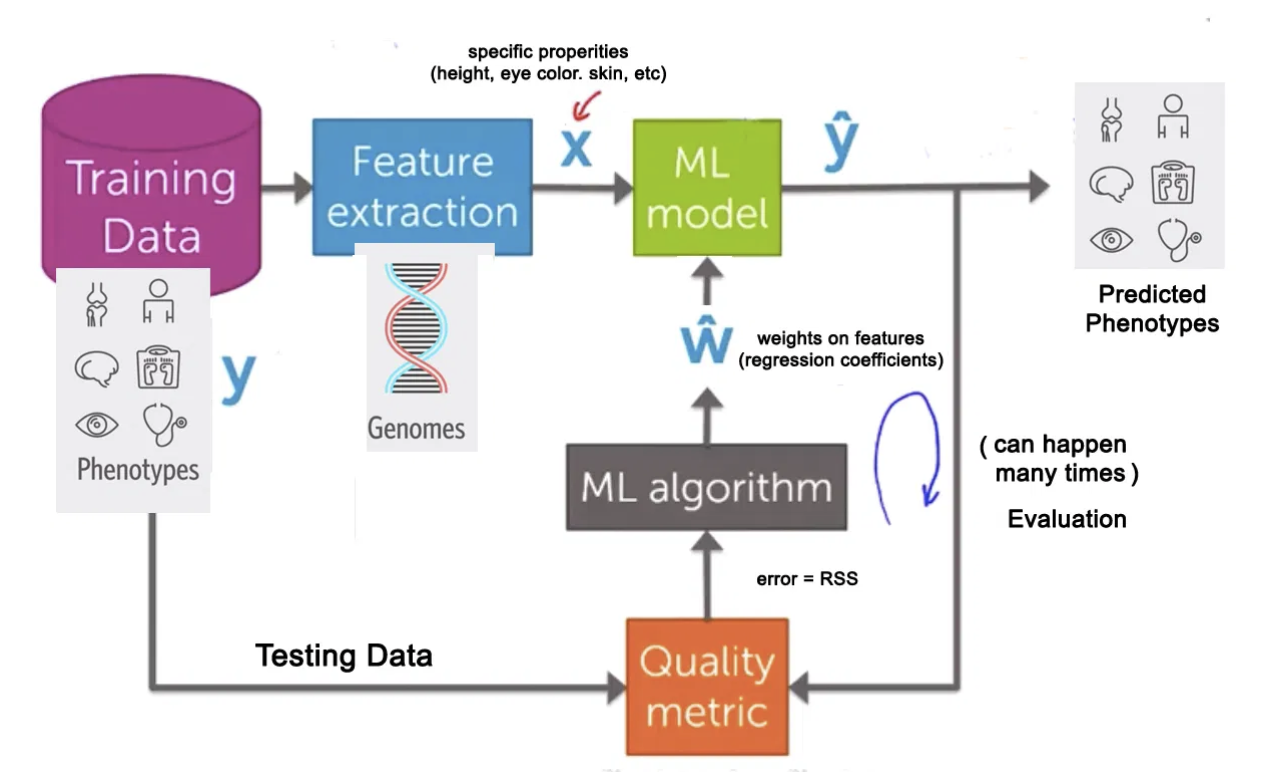The Truth About Blockchain
Contracts, transactions, and the records of them are among the defining structures in our economic, legal, and political systems. They protect assets and set organizational boundaries. They establish and verify identities and chronicle events. They govern interactions among nations, organizations, communities, and individuals. They guide managerial and social action. And yet these critical tools and the bureaucracies formed to manage them have not kept up with the economy’s digital transformation. They’re like a rush-hour gridlock trapping a Formula 1 race car. In a digital world, the way we regulate and maintain administrative control has to change.Blockchain promises to solve this problem. The technology at the heart of bitcoin and other virtual currencies, blockchain is an open, distributed ledger that can record transactions between two parties efficiently and in a verifiable and permanent way. The ledger itself can also be programmed to trigger transactions automatically.

With blockchain, we can imagine a world in which contracts are embedded in digital code and stored in transparent, shared databases, where they are protected from deletion, tampering, and revision. In this world every agreement, every process, every task, and every payment would have a digital record and signature that could be identified, validated, stored, and shared. Intermediaries like lawyers, brokers, and bankers might no longer be necessary. Individuals, organizations, machines, and algorithms would freely transact and interact with one another with little friction. This is the immense potential of blockchain.Indeed, virtually everyone has heard the claim that blockchain will revolutionize business and redefine companies and economies. Although we share the enthusiasm for its potential, we worry about the hype. It’s not just security issues (such as the 2014 collapse of one bitcoin exchange and the more recent hacks of others) that concern us. Our experience studying technological innovation tells us that if there’s to be a blockchain revolution, many barriers—technological, governance, organizational, and even societal—will have to fall. It would be a mistake to rush headlong into blockchain innovation without understanding how it is likely to take hold.
The New Architecture
Blockchain—a peer-to-peer network that sits on top of the internet—was introduced in October 2008 as part of a proposal for bitcoin, a virtual currency system that eschewed a central authority for issuing currency, transferring ownership, and confirming transactions. Bitcoin is the first application of blockchain technology.The parallels between blockchain and TCP/IP are clear. Just as e-mail enabled bilateral messaging, bitcoin enables bilateral financial transactions. The development and maintenance of blockchain is open, distributed, and shared—just like TCP/IP’s. A team of volunteers around the world maintains the core software. And just like e-mail, bitcoin first caught on with an enthusiastic but relatively small community.TCP/IP unlocked new economic value by dramatically lowering the cost of connections. Similarly, blockchain could dramatically reduce the cost of transactions. It has the potential to become the system of record for all transactions. If that happens, the economy will once again undergo a radical shift, as new, blockchain-based sources of influence and control emerge.Consider how business works now. Keeping ongoing records of transactions is a core function of any business. Those records track past actions and performance and guide planning for the future. They provide a view not only of how the organization works internally but also of the organization’s outside relationships. Every organization keeps its own records, and they’re private. Many organizations have no master ledger of all their activities; instead records are distributed across internal units and functions. The problem is, reconciling transactions across individual and private ledgers takes a lot of time and is prone to error.For example, a typical stock transaction can be executed within microseconds, often without human intervention. However, the settlement—the ownership transfer of the stock—can take as long as a week. That’s because the parties have no access to each other’s ledgers and can’t automatically verify that the assets are in fact owned and can be transferred. Instead a series of intermediaries act as guarantors of assets as the record of the transaction traverses organizations and the ledgers are individually updated.In a blockchain system, the ledger is replicated in a large number of identical databases, each hosted and maintained by an interested party. When changes are entered in one copy, all the other copies are simultaneously updated. So as transactions occur, records of the value and assets exchanged are permanently entered in all ledgers. There is no need for third-party intermediaries to verify or transfer ownership. If a stock transaction took place on a blockchain-based system, it would be settled within seconds, securely and verifiably. (The infamous hacks that have hit bitcoin exchanges exposed weaknesses not in the blockchain itself but in separate systems linked to parties using the blockchain.)




